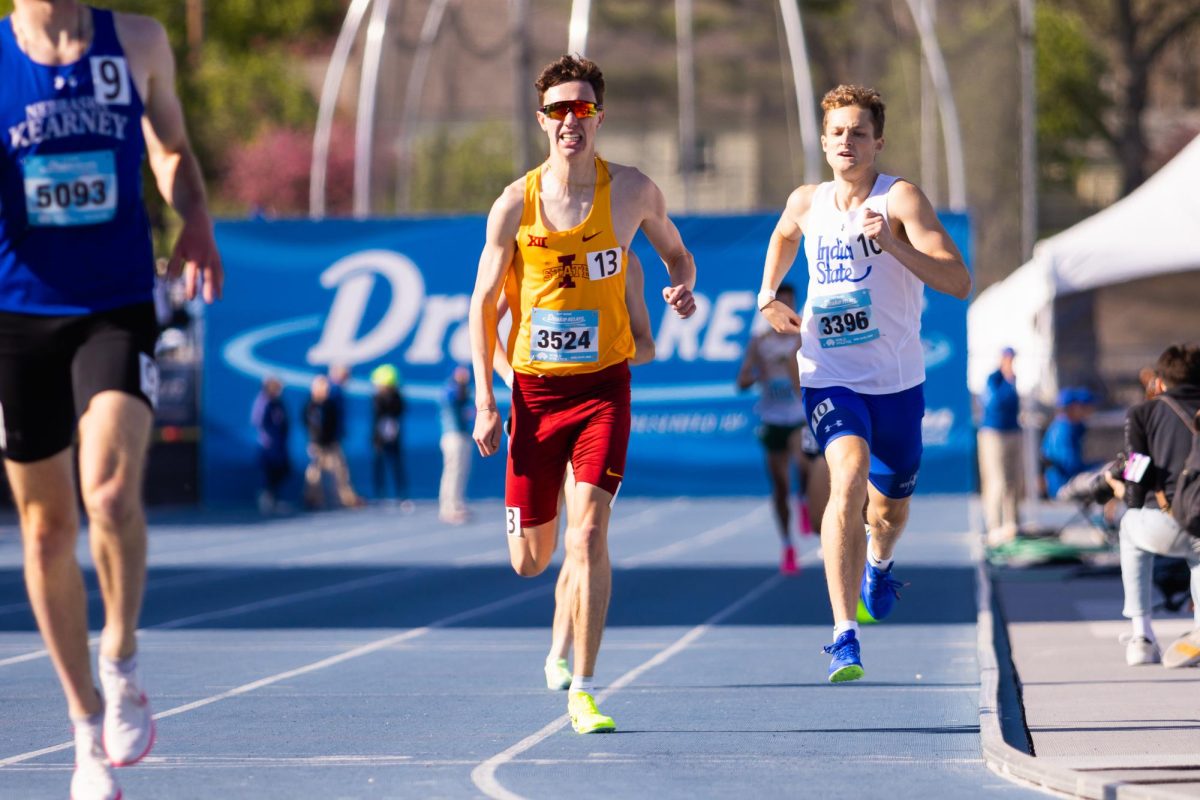Student media win in censorship case
January 24, 2001
A recent decision by the U.S. 6th Circuit Court of Appeals signified a victory for student media around the country.The Kincaid vs. Gibson case presented the issue of a university’s right to censor student publications. The conflict began in 1994, when Kentucky State University confiscated the school yearbook because they had not approved its content and quality, according to the Student Press Law Center Web site at www.splc.org.The Jan. 5 ruling by the 6th Circuit stated the university’s actions were in violation of the First Amendment rights of students who produced and purchased the yearbook.”This opinion confirms what we in college journalism have always believed — that university and college newspapers have First Amendment protections,” said Barbara Mack, associate professor of journalism and mass communication.According to information from the SPLC, a nonprofit organization that supported the students’ complaint, the case was first presented to the U.S. District Court in the fall of 1997. Judges cited the Hazelwood School District vs. Kuhlmeier case as they upheld the decision to censor the yearbook. The 1988 U.S. Supreme Court ruling put considerable restrictions on the First Amendment protection available to high school student publications. The Kentucky decision marked the first time the Hazelwood decision was applied to a college or university.In March 1999, the 6th Circuit Court of Appeals heard the case. At that time, a divided three-judge panel upheld the lower court’s decision, but by the end of that year the federal appeals court agreed to reconsider the previous decision. In January, 2001, the court ruled in favor of the students.”We’re delighted with the ruling,” said Mike Hiestand, attorney at the Student Press Law Center. “A contrary ruling could have been devastating to student media in America.”At this time, the universities’ plans are unknown.”I’ve heard that KSU is seriously thinking about making an appeal to the Supreme Court,” he said.Current administrators at the university said they also aren’t sure what the next step will be at this point.”Most of the administrators and students that were here at that time are no longer at Kentucky State,” said Jacqueline Bingham, director of public relations at KSU. “The chairman of the Board of Regents has said that he would like to dispense with the matter as quickly as possible, which sounds like he would not choose to appeal. However, the attorneys have left their options open.”Bingham, who has been employed by the university for less than a year, said she is not personally familiar with the case and would like to see the whole matter put to rest.”As far as I know, the administration at that time didn’t like the color or some of the content in the yearbook,” she said. “To me, that sounds like a matter or personal choice. The issue hasn’t come up since then, and the yearbook is still published. I am relieved that it’s getting closer to a resolution. Those yearbooks remain locked up here on campus, and when the time comes we’ll certainly release them.”While some public universities have had to deal with the issue of censorship, it has not been a problem for Iowa State.”We’re lucky on this campus that, as far as I know, the university has never tried to censor the Daily, the student magazines, ISU9 or the campus radio station,” Mack said. “The Daily and the student magazines are in separate corporations and not under university control.”Although the case could reappear in the Supreme Court, the current ruling will set a standard for future legal cases regarding college media.”It sets a standard,” Hiestand said. “It’s definitely a victory.”
















